Vitus Vitesse EVO CRS Di2 Ultegra review
Already incredible value straight off the peg – upgrade the wheels and it’s an absolute machine
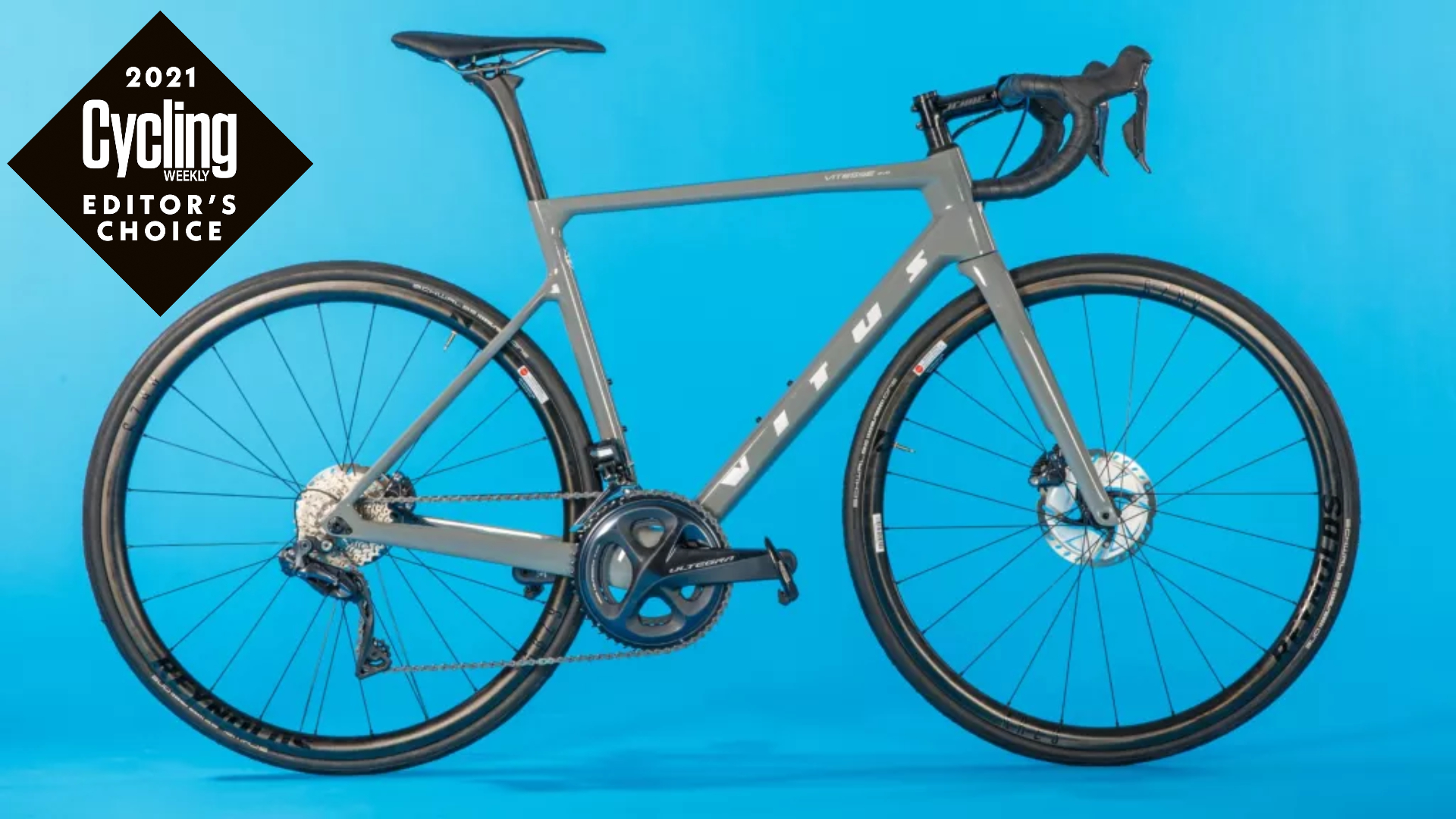
The Vitus Vitesse EVO represents pretty incredible value, with its low weight, sprightly ride and the electronic/hydraulic groupset. It’s made even better combined with a deep-section wheelset, becoming close to as fast on the flat as the Vitus' aerodynamically optimised ZX-1 EVO – but while still able to fly up the hills. Even with a £1,000 set of upgraded wheels, the Vitesse still works out (just) cheaper than its competition from brands such as Scott and Giant – only now it far outclasses them, rather than merely matching, as it did with the stock spec.
-
+
Lightweight
-
+
Excellent Ultegra Di2 groupset
-
+
Confident handling
-
+
Stiff chassis
-
+
Refreshing use of non-proprietary kit
-
+
Great value
-
-
Cables aren’t fully integrated
-
-
The mid-range wheels don’t minimise price but would still benefit from an upgrade
You can trust Cycling Weekly.
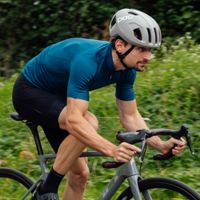
The Vitesse EVO is Vitus’s top-end climbing bike, with a sporting geometry, a UCI-approved frameset and, of course, a respectably low weight – our size medium comes in at 7.67kg. It sits on the same tier as the ZX-1 EVO which received a refresh earlier this year and is the brand’s all-out aero bike.
Being the in-house bike brand of retail giant Wiggle, Vitus bikes have a reputation for packing in a level of spec far higher than the asking price might suggest. The Vitesse EVO’s combination of Ultegra Di2 electronic shifting, carbon wheels and carbon finishing kit is something you don’t typically see for a retail price of £3,699.99.
The construction: Vitus Vitesse EVO CRS Di2 Ultegra
Frame
Starting with the heart of the bike, the frame. This is a true one-piece monocoque design, meaning that there are no joins at any of the junctions of the frame, allowing for a lighter build of greater strength. In addition to that, Vitus says that “a refined carbon layup” makes this latest iteration of the frameset "10 per cent lighter and 34 per cent stiffer than its predecessor".
Certain aspects of the design are very up to date, with clearances to comfortably fit 30c tyres and even some 32c items, depending on the tyre and rim combination. The cable routing – on the other hand – isn’t quite so forward thinking, with the brake and Di2 lines exposed from the handlebar to the top of the downtube and fork leg. Of course, for some riders, this might be a preference - but it goes against the direction of travel.
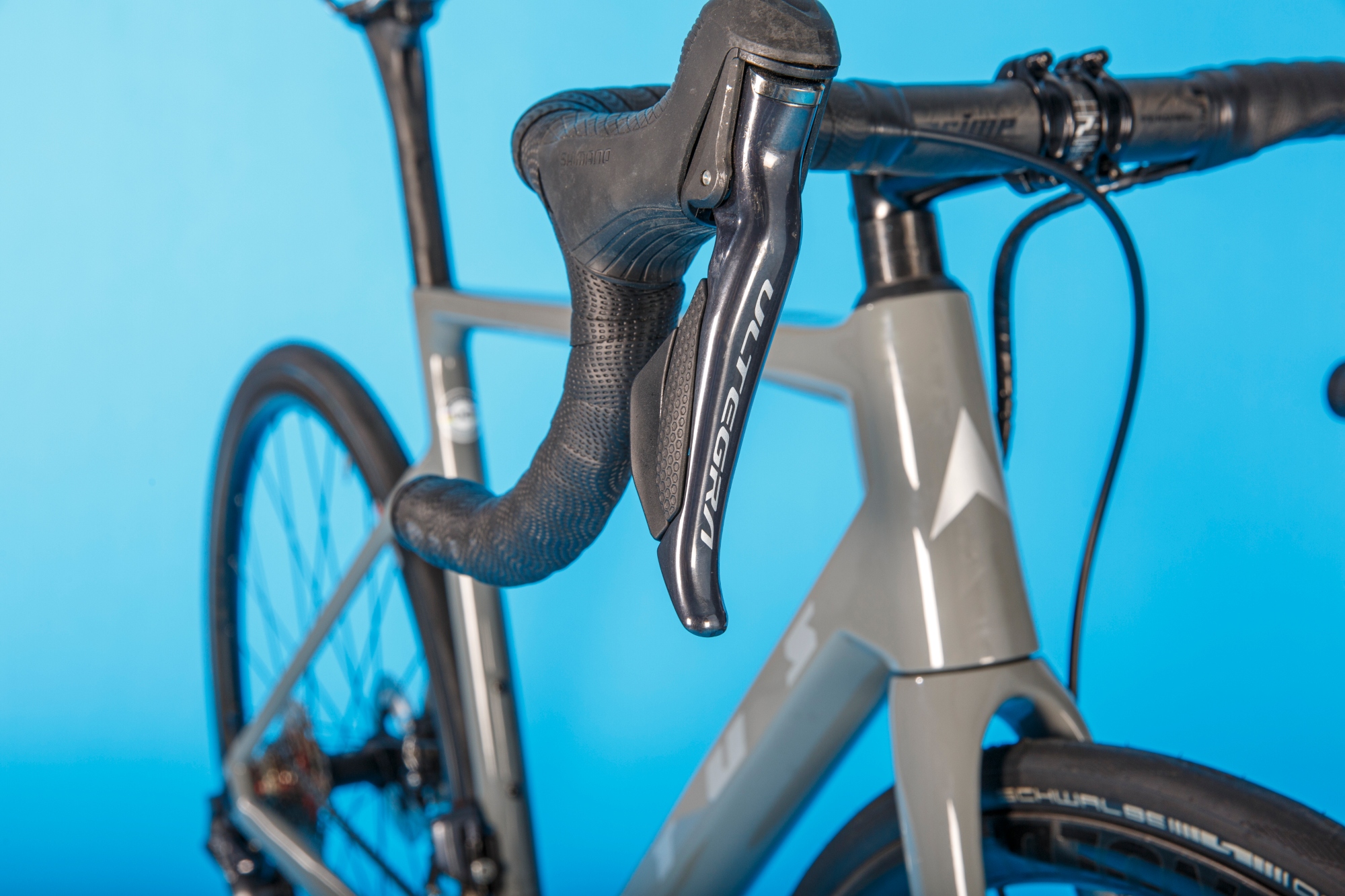
To be fair, there’s a number of climbing bikes that haven’t yet tucked these inside the stem and head tube such as the Merida Scultura and the Giant TCR Advanced. But then again, there’s a large cohort that has gone fully integrated, including the Orbea Orca and the Factor O2 VAM – and this will only grow.
With four out of the six different builds the Vitesse EVO comes in featuring electronic shifting and hydraulic braking, complete integration doesn’t pose the mechanical headache it used to. Once the cables have been set up in the frame, there isn’t a need to ever touch them again in a normal service life.
The size medium has a suggested height range of 170-177cm, and at 177cm on the dot, if anything I was expecting to maybe be slightly cramped. But with a reach of 387mm and a stack of 547mm, it was closer to being a little on the large side.
The latest race content, interviews, features, reviews and expert buying guides, direct to your inbox!
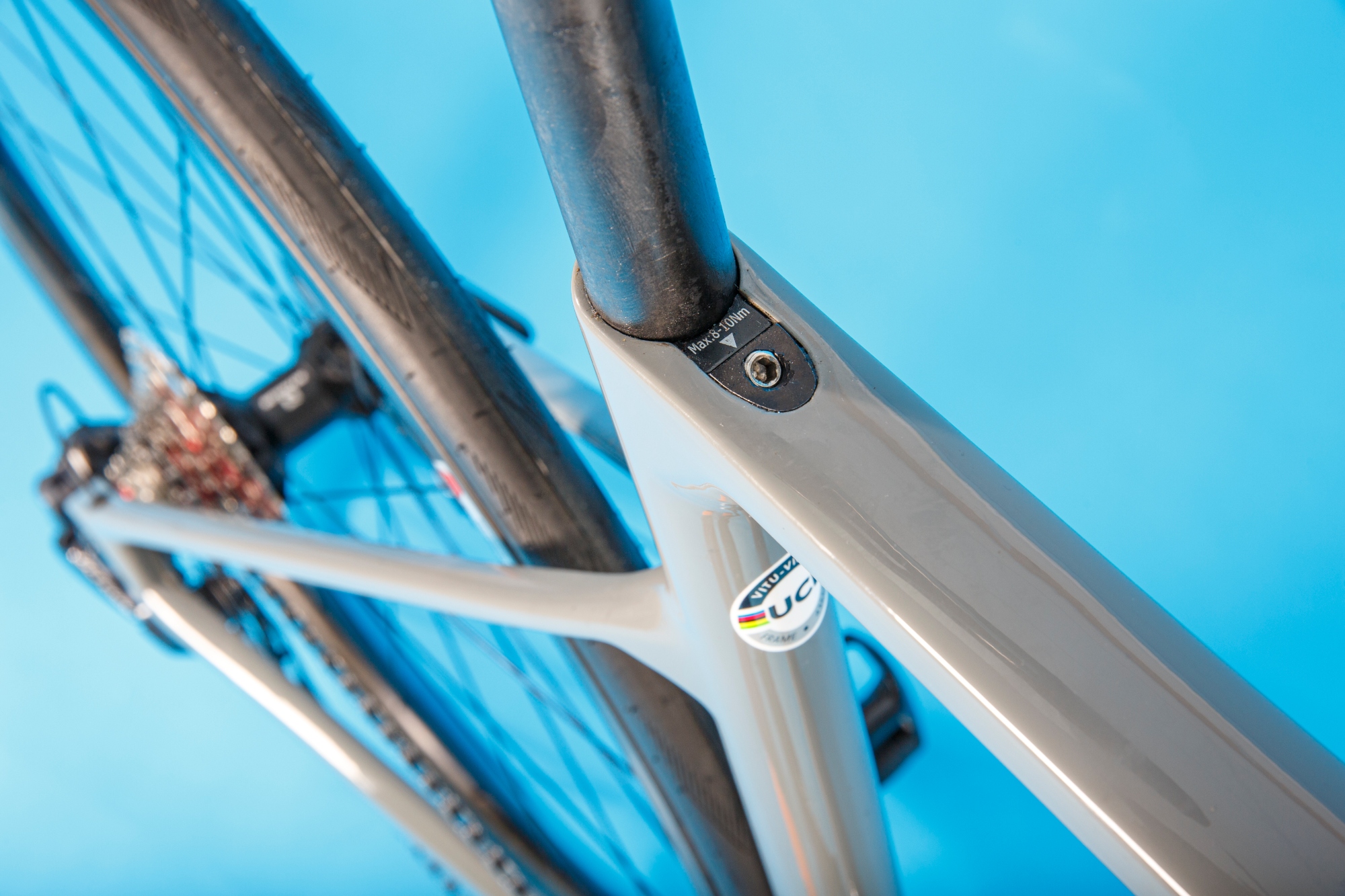
For me, this is all still well enough within my ballpark that all it needed was reshuffling the spacers and a shorter stem to fit me well. But if I were a few centimeters smaller, I would have been much more comfortable on the small rather than the medium – something to bear in mind if you’re at the low end/middle of the suggested size range.
The chainstays are 410mm, which suits me down to the ground, tending to deliver a good balance between responsiveness and stability. However, that length remains the same throughout all frame sizes, so riders at the extremes of the spectrum, XS or XXL, might find the handling a little slow or little twitchy, respectively.
Wheels
The hoops are a set of Reynolds AR29 DB carbon wheels, featuring rims that are 30mm deep, 21mm wide internally and 29.5mm wide externally. This plumps out the 25c Schwalbe Pro One tyres specced to a generous 28mm (measured), making them a perfect combination if you subscribe to the “105 per cent rule”, which specifies that for optimum aerodynamics, the rim should be 105 per cent the width of the tyre (in this case that would be 29.4mm).
That said, although the hooked rim profile opens up use with clincher tyres rather than confining you to tubeless, it does result in a lip between the tyre and rim – instead of the smooth transition you can get with hookless rims. And, while moving to a shallow section from a box section may offer proportionally the greatest leap in aerodynamic performance, a 30mm depth isn’t going to cut through the air quite as well as a deeper section wheel.
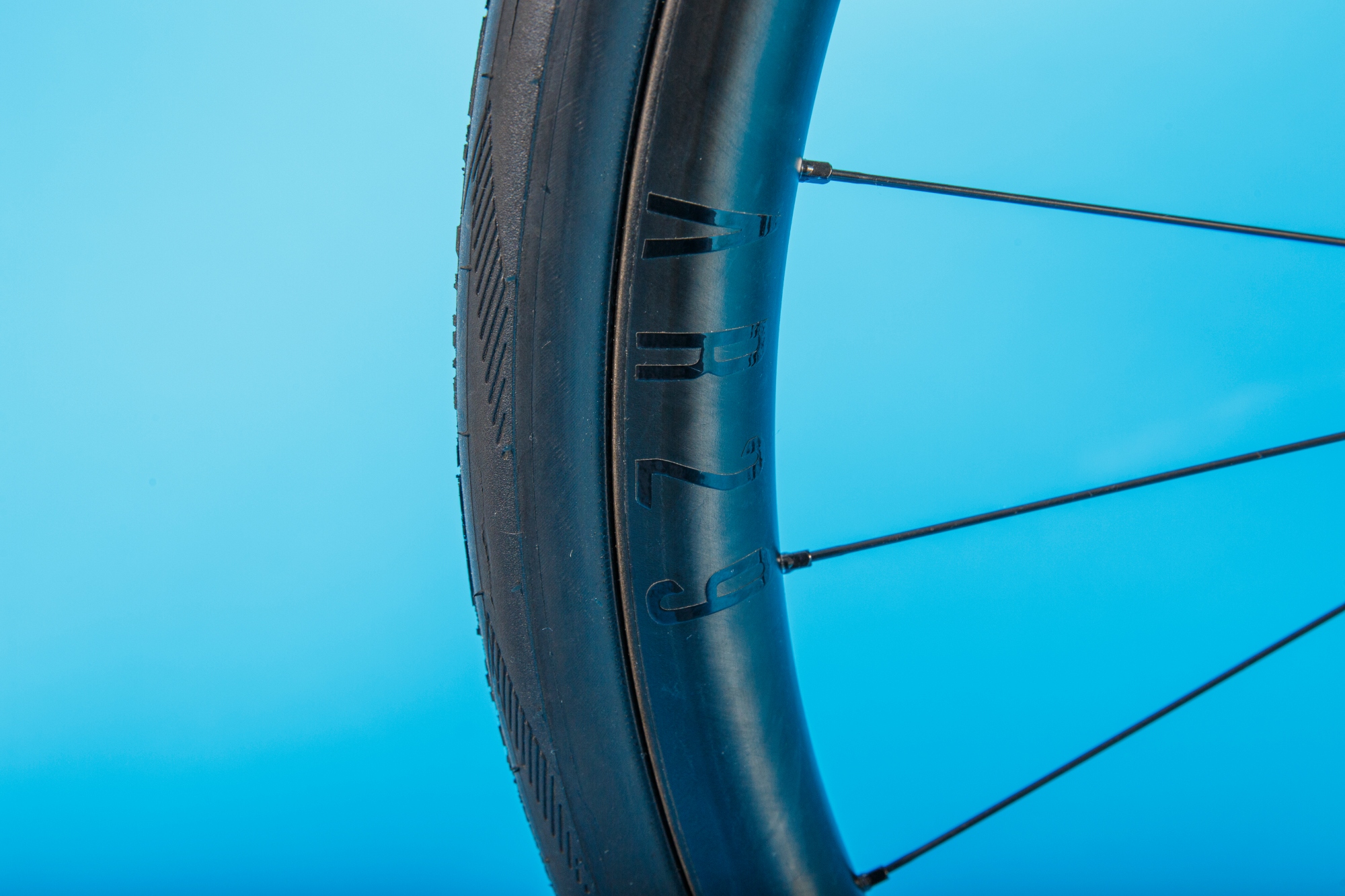
The claimed weight for the wheels is 1,520g, which is a little on the heavy side for a lightweight bike, but they don’t seem to be having much of an adverse effect on the overall weight, coming in as it does at 7.67kg – and that’s even with inner tubes inside the tubeless tyres and a relatively heavy 11-32t Sunrace cassette. All this taken together implies that with a bit of optimisation, the weight can be dropped a lot lower.
The hub engagement is 10°, which is perfectly snappy with road gearing, and the hubs can take Campagnolo and SRAM XDR freehubs, instead of the Shimano HG11 one it comes with. There are also axle end caps available to be bought separately for quick release dropouts and 15x100mm on the front and 12x135mm on the back. So should you wish to upgrade to a set of the best road bike wheels, it should be relatively easy to find a new home for the Reynolds.
The groupset
The groupset is Shimano Ultegra Di2, which is very nice, as ever it is. The shifting is quick, accurate and effortless – as you would expect from the electronic motors controlling the derailleurs. The braking is similarly good, with a huge amount of power on tap and all easily controlled with just a single finger, delivering great confidence down the descents.
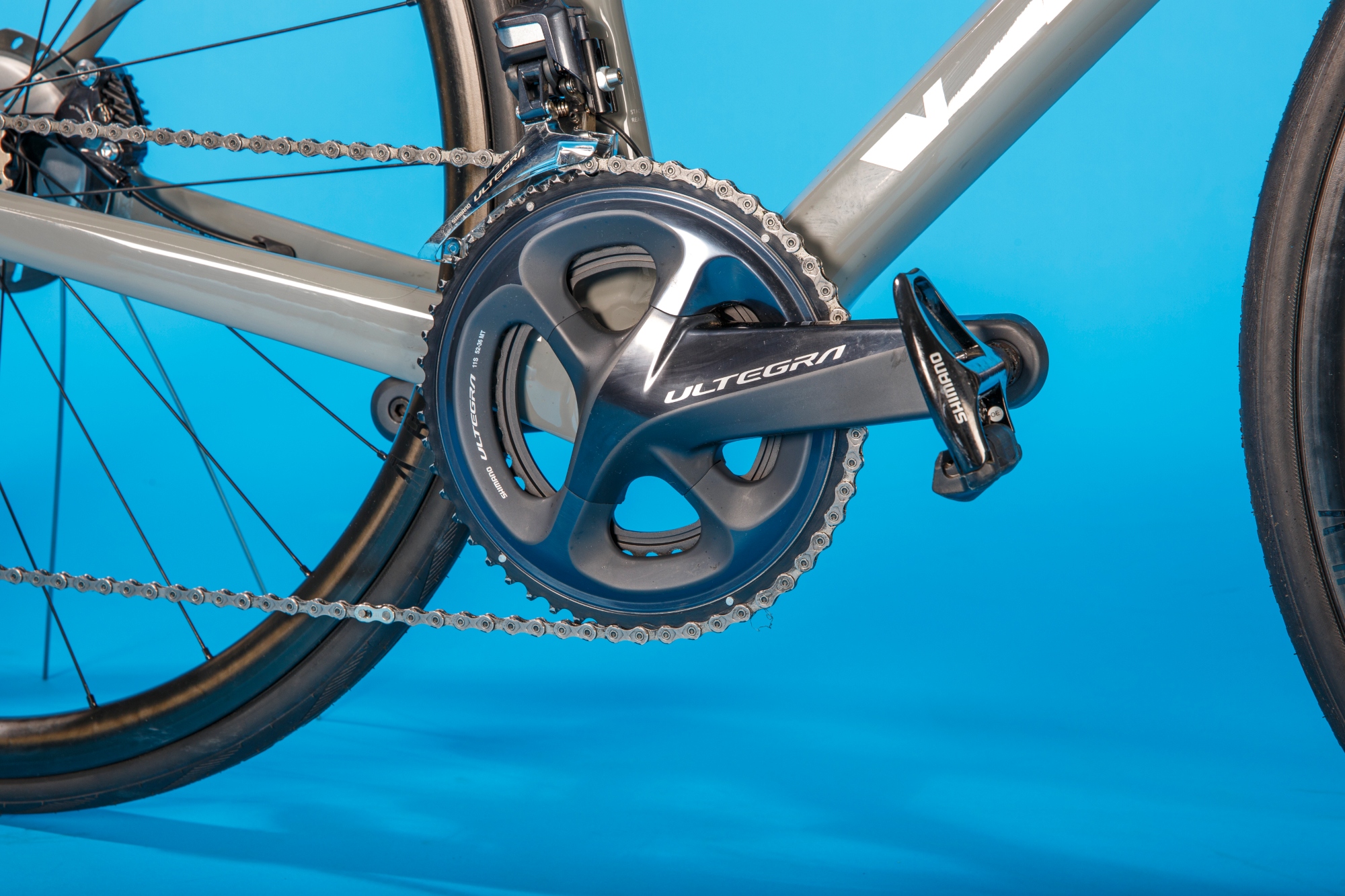
The gearing does deliver quite a generous spread, with a 52x11 top gear leaving you unlikely to be left spinning out, and a 36x32 bottom gear offering a friendly bottom gear for the steeper hills. If you’re picky about your cadence, you might want to swap this out for an 11-30t cassette, as this provides you with an additional single tooth jump: going from 14t to 15t, rather than straight from 14t to 16t as with the stock cassette.
Finishing kit
There are a lot of carbon components in the finishing kit, which you don’t generally see at this price point. Brands tend to save here to invest more in the wheels or simply deliver a lower retail price.
But as these items are all coming from Wiggle’s in-house component brand, Prime, the costs of bedecking the bike in carbon are likely to be significantly lower – there evidently hasn’t been much of a sacrifice in the RRP, standing as it does at a very reasonable £3,699.
What is particularly good to see is just how 'standard' the components specced are. At the front, you get a non-proprietary stem clamping to a non-proprietary handlebar, while the seatpost is a very common size with its 27.2mm diameter and cylindrical profile.
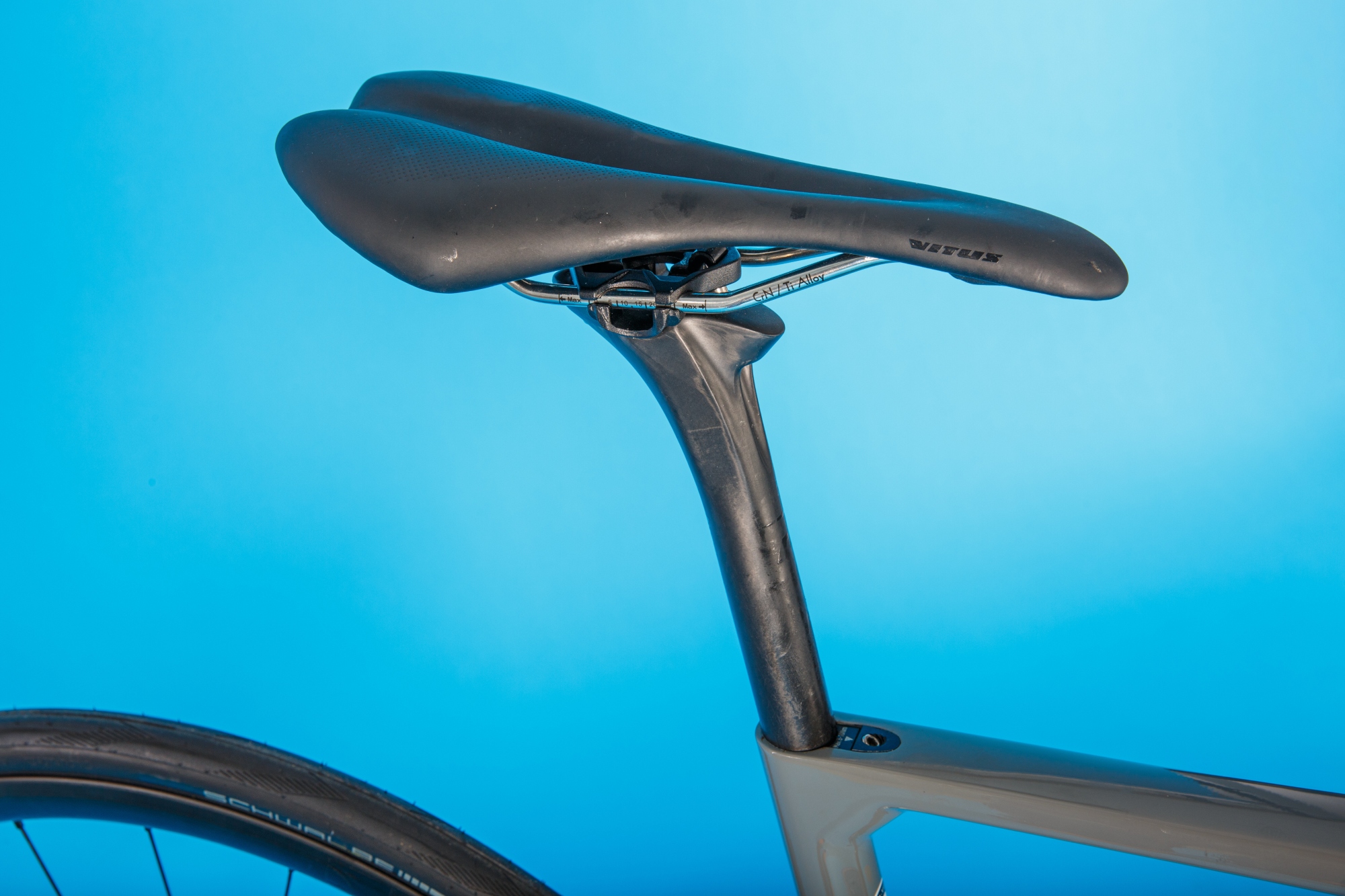
This makes getting the bike set up perfectly for you a much easier – and much cheaper – task. Making adjustments to your stack height is a simple as reshuffling a few spacers, while experimenting with the reach can be done with cheap aluminium stems until you find a length you’re happy with and are ready to go back to the matching carbon.
The handlebars are simple – and much cheaper – to swap out for a narrower or wider set, or a design with different ergonomics to the drops. Finally, you’re much more open to experimentation with different saddle laybacks, as there’s a plethora of 27.2mm seatposts out there.
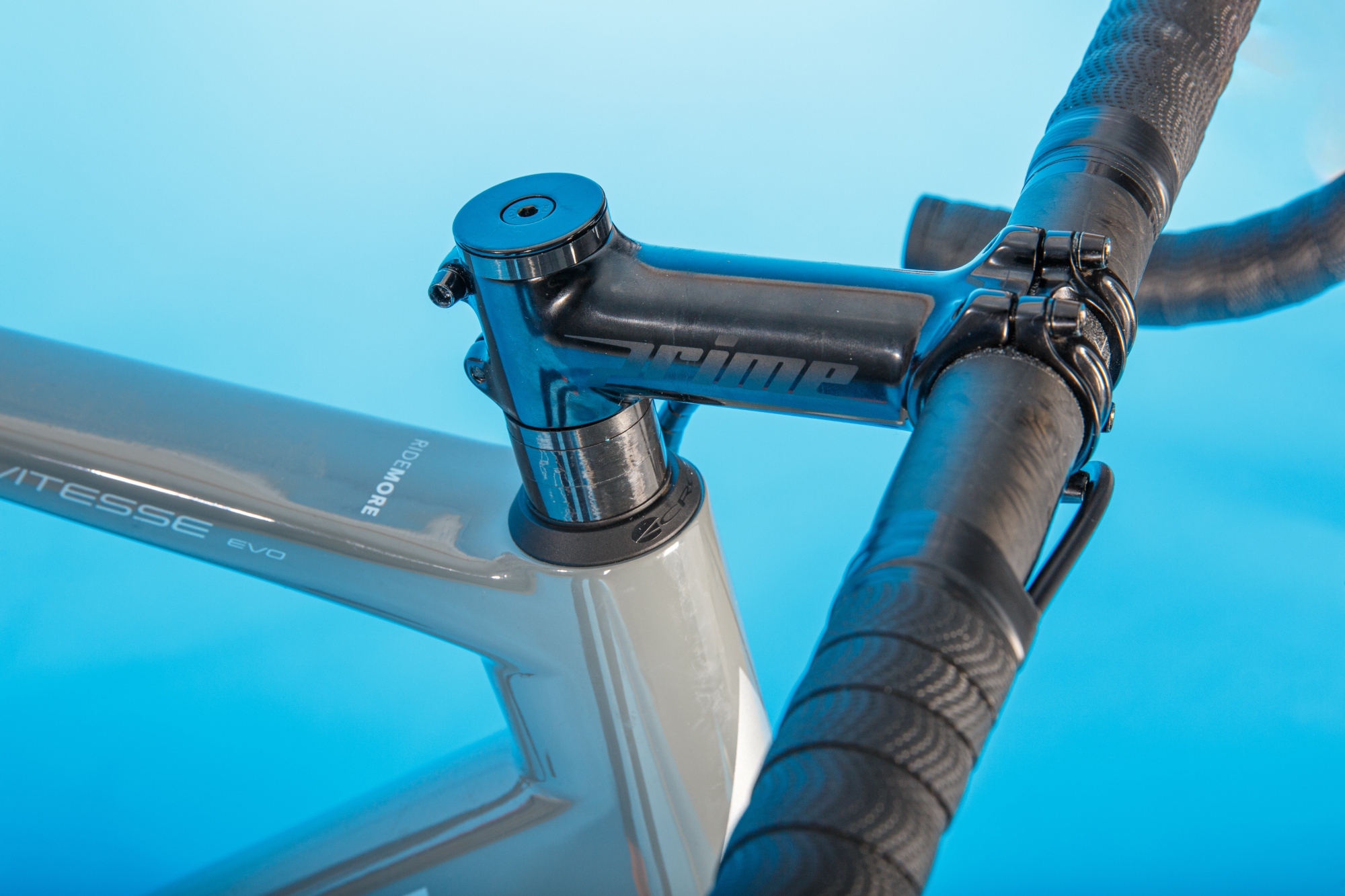
If you’re already dead set on your position, then this isn’t so important – you’d set up the bike just once, as you would a completely proprietary system, albeit perhaps at a little less of an expense. But if you’ve yet to find your perfect setup, there’s a lot more scope for experimentation on this bike than with others.
The ride
Even with scope for further weight savings, swapping out the tubes for tubeless sealant, replacing the Sunrace cassette and maybe speccing some lighter wheels, the Vitus Vitesse EVO’s sprightliness was by no means damped.
Still respectably light, the Vitesse EVO was always keen to accelerate – whether that’s with the first few pedal strokes after a corner or when spinning up to speed for an upcoming Strava segment. The frame’s stiffness certainly helped here – even when putting the maximum amount of torque through the drivetrain, stamping hard on the pedals in a low gear as the road ramps up, I didn’t notice any deflection of the rear end.
The only time I could detect the slightest amount of flex was perhaps a little around the head tube or handlebars when hauling particularly hard out of the saddle – the kind of effort you feel almost as much in your arms as you do in your legs. But that’s quite an extreme case – for most efforts the front end felt as planted as the rear.
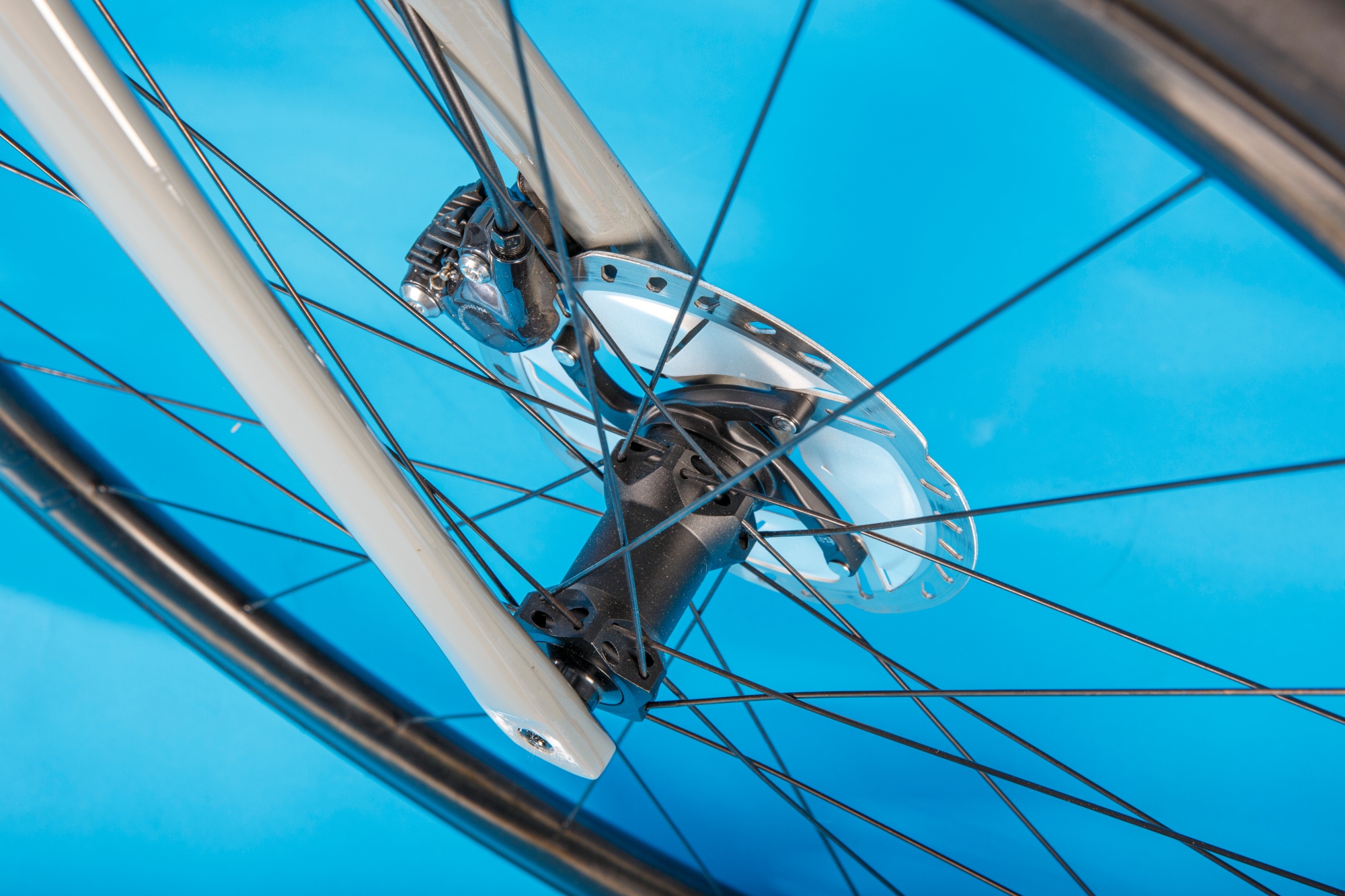
Plummeting down the other side of the climbs, the handling felt perfectly poised. Not too fast so as to be skittish or twitchy, but nevertheless still quick and not requiring much of an input to elicit a response. The relatively low weight also made it that bit easier to hop over errant potholes and fallen branches – of which during the course of the testing I felt I was getting more than my fair share.
There are many cases where strengths should be played to and doubled down on – a jack of all trades is master of none, as they say. But with the Vitesse EVO, I really don’t think this is the case. During the testing, I swapped in a set of 58mm deep aero wheels and these totally transformed the bike.
Whereas before it was a fun little rocket to blast up hills with, when it came to ticking along on the flat, the Vitesse wasn’t particularly stand-out – there are certain aluminium bikes that would have felt much the same. But with the deeper wheels, it really came into its own.
It was still light enough to continue flying up the hills, but now it held its speed so much better into them. And when on those false flats of two per cent or so, whereas a heavier aero bike can feel frustratingly sluggish, the Vitesse would roll up effortlessly.
It is a bit of a shame that it doesn’t come with a deeper set of wheels, similar to the Hunt 54 UD or the Parcours Strade wheelsets we’ve been so impressed by. This would increase the upfront cost a little, but for the effect it would have on the bike it would surely be worth it – and the Reynolds wheels it comes with aren’t exactly budget themselves.
Value and conclusions
At £3,699.99, the Vitus Vitesse EVO CRS Di2 Ultegra is incredibly good value.
The Scott Addict RC 15 also comes with Shimano Ultegra Di2 but comes with slightly deeper wheels at 35mm and a fully integrated cockpit with the cables completely hidden. However, at £4,999, it is significantly more expensive than the Vitesse.
Slightly closer competition comes from the Gaint TCR Advanced Pro 0 Disc, which features 42mm deep wheels carbon wheels, a Shimano Ultegra Di2 groupset and ships with a power meter, all for £5,199.00.
However, the Vitesse, in being only £3,699.99, allows you to buy a second set of wheels even fancier than those of the TCR, such as the Hunt 54 UD Carbon Spoke Disc Wheelset for £1,389.00. Then spending $299.99 (currently around £216) on a factory install of a 4iiii power meter on the left hand crank would take you £105 over the asking price of the TCR, but then you do end up with a very respectable spare set of wheels at the end of it, so can’t really complain.
In all, the Vitus Vitesse EVO really impressed with its sprightly ride, thanks to the low weight, and its confident handling. The value is pretty incredible too with its carbon finishing kit and the brilliant Shimano Di2 Ultegra. A set of deep section wheels might be a surprising upgrade path for a climbing bike, but would make an excellent investment – even factoring these in, the cost is lower than that of comparable bikes from the likes of Giant and Scott.
See more of the best bikes we've reviewed recently in our road bike buyer's guide.
| Weight | 7.67kg (medium) |
| Frame | Vitesse EVO Carbon SL UD Carbon, UCI Approved, Internal Cable Routing, 12mm x 142mm axle, Flat Mount |
| Fork | Vitesse EVO Carbon SL UD Carbon, UCI Approved, Tpered Steerer, 100 x 12mm, Flat Mount, Size Specific |
| Groupset | Shimano Ultegra R8000 |
| Handlebar | Prime Primavera X-Light Carbon |
| Wheelset | Reynolds AR 29, Tubeless Ready, 24 Hole |
| Tyres | Schwalbe ONE Performance 700c x 25c |
| Saddle | Vitus Race Performance |
| Seatpost | Prime Primavera Carbon 27.2mm, 10mm offset |

After winning the 2019 National Single-Speed Cross-Country Mountain Biking Championships and claiming the plushie unicorn (true story), Stefan swapped the flat-bars for drop-bars and has never looked back.
Since then, he’s earnt his 2ⁿᵈ cat racing licence in his first season racing as a third, completed the South Downs Double in under 20 hours and Everested in under 12.
But his favourite rides are multiday bikepacking trips, with all the huge amount of cycling tech and long days spent exploring new roads and trails - as well as histories and cultures. Most recently, he’s spent two weeks riding from Budapest into the mountains of Slovakia.
Height: 177cm
Weight: 67–69kg